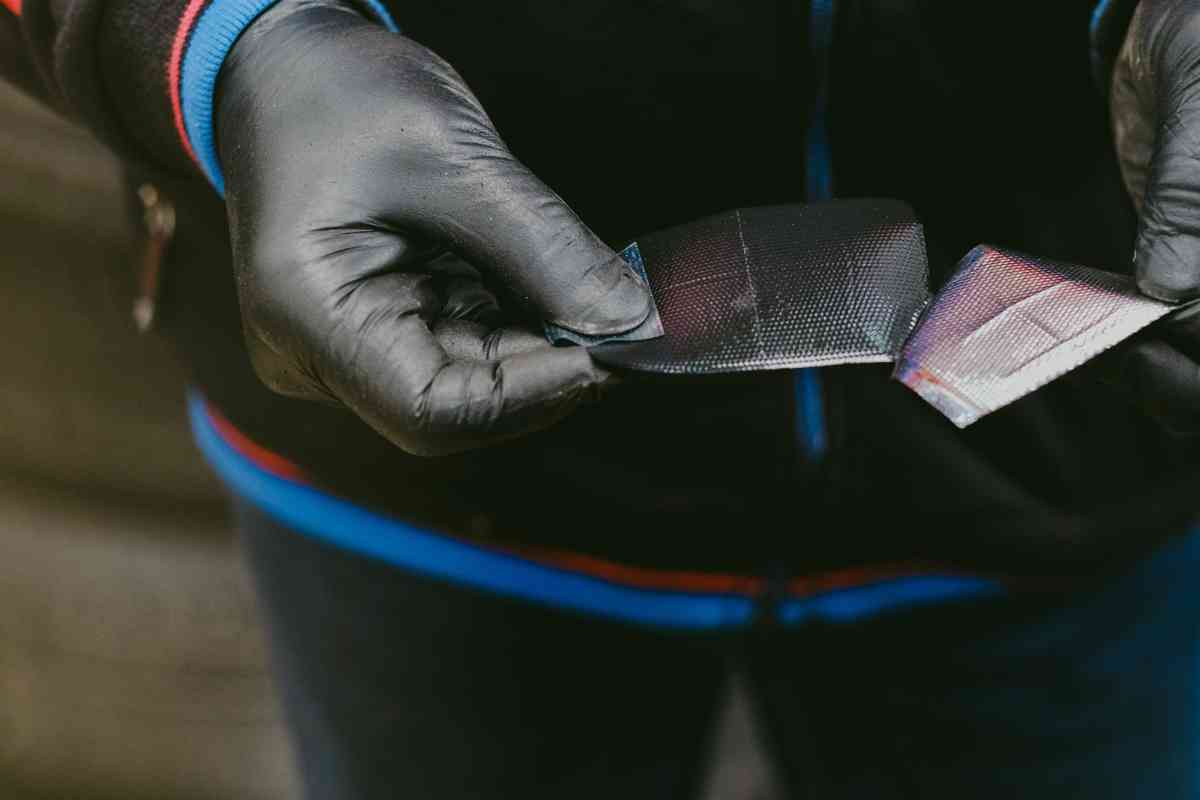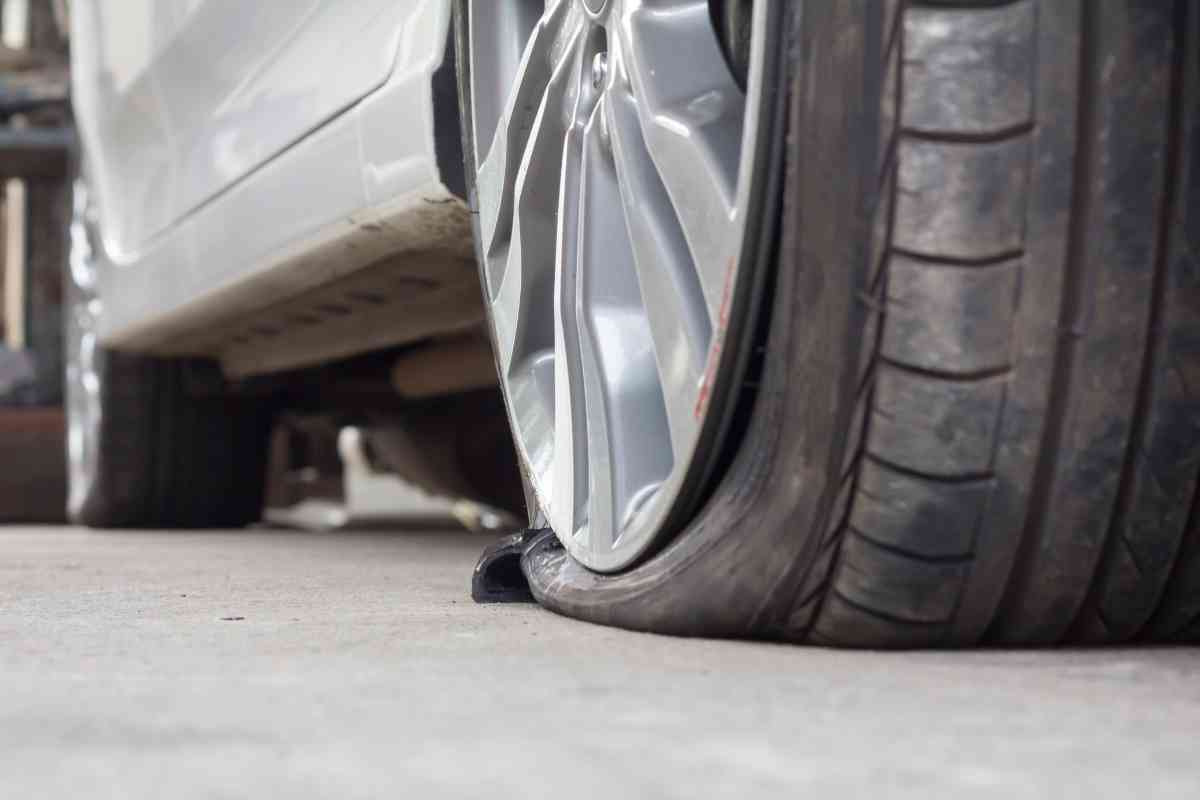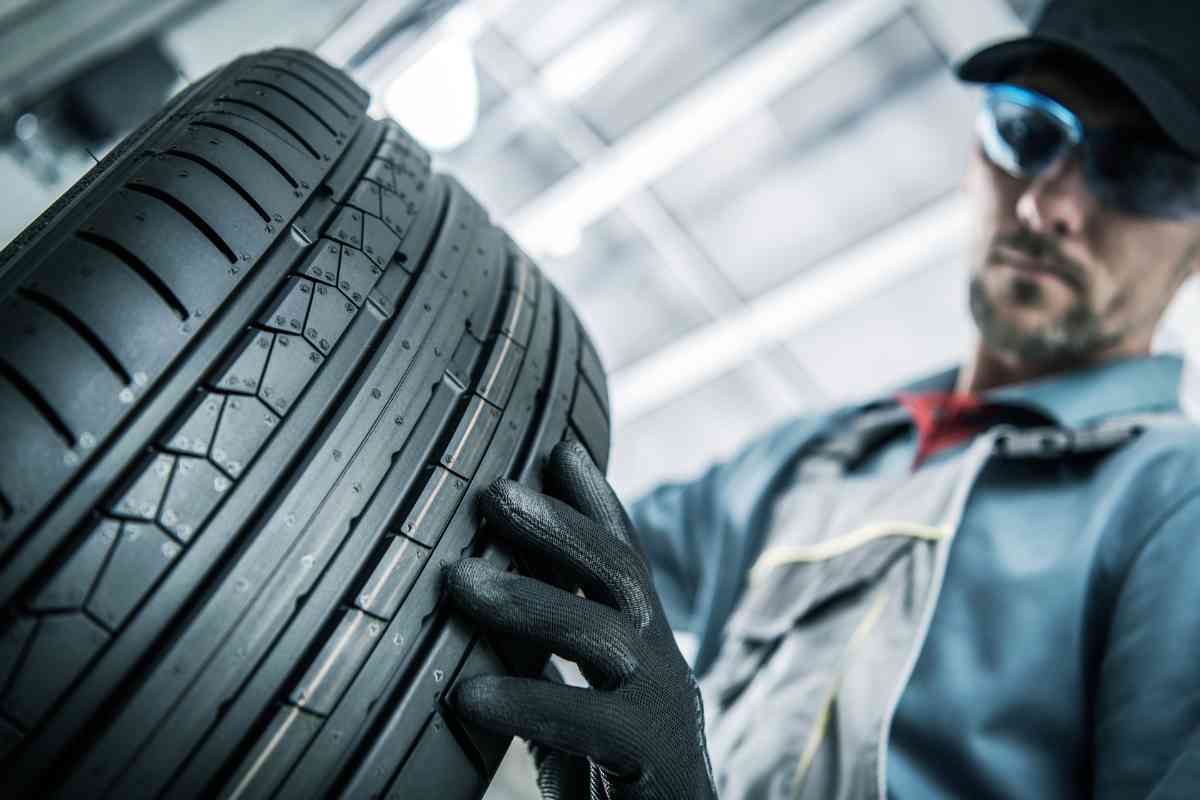Cost of Tire Patch: Understanding 8 Crucial Price Factors and Service Options
Maintaining your vehicle’s tires is crucial for safety and performance. A key aspect of this maintenance is dealing with tire punctures, often resolved through a tire patch. So, what’s the cost of tire patch services across the US?
This article answers the question, and also covers other crucial information you should know. After all, this patch is not only a cost-effective solution for minor tread damage but also a vital safety measure.
Understanding the costs involves considering both materials and labor, with variations based on the patch type, the severity of the damage, and service provider rates.

“Drive Past Myths: Get the Real Deal on Car Buying!”
🚘 Uncover 13 Car Buying Misconceptions with Our FREE Newsletter!
Plus you will get our quick tips, expert advice, and myth-busting insights delivered straight to your inbox.
Subscribe now and make informed decisions without the detours.
“Experts Hate This! Learn the Car Buying Secrets They Don’t Want You to Know. Free Subscription!”

Check out my related article, how much does it cost to plug a tire?
Cost Of Tire Patch Repairs: How Much Does It Cost?
The cost of patching a tire generally ranges from $10 to $20 for minor tread punctures and $20 to $50 for more complex sidewall repairs. Prices vary by location, service provider, and damage severity. Additional costs may include labor, materials, tire evaluation, and disposal fees if replacement is necessary.
However, it’s important to know when a patch is suitable. Not all tire damage is safely repairable with a patch. For instance, sidewall damage, often caused by sharp objects or impacts with curbs, usually requires a full tire replacement.
This is significantly more expensive than a simple patch. The process includes specific techniques to ensure the patch adheres correctly, contributing to the tire repair costs.
Key Takeaways:
- Tire patches are ideal for minor tread damage.
- Costs vary based on patch type, damage severity, and service rates.
- Proper patching techniques are crucial for repair durability and safety.
Cost Of Tire Patch: Understanding Tire Damage and Repair
When facing a flat tire, it’s essential to understand the damage and appropriate repair method. Punctures, often caused by nail punctures or debris, are small holes in the tire’s tread and are usually patchable. Sidewall damage, signified by visible cuts or bulges, often necessitates replacement due to the risk of failure.
Types of Tire Repairs:
- Tire Patch: Suitable for punctures less than 1/4 inch in diameter. The damaged area is prepared, and a patch is applied to the inside of the tire.
- Plug: A temporary fix for punctures. Less reliable than a patch and not suitable for sidewall damage.
Professional intervention is recommended for tire repairs to ensure the safety and effectiveness of the repair. While DIY methods exist, visiting an auto repair shop is often the best option.
The total cost of tire patch repairs will include labor costs and the price of the patch itself, with variations depending on the severity and location of the damage. Remember, a well-maintained tire, including timely repairs, is key to vehicle safety and performance.

Cost Of Tire PAtch: Factors That Can Affect The Price
When facing a tire puncture, it’s vital to understand the factors that influence the cost of a tire patch, crucial for effective budgeting.
Cost Of Tire Patch Variations
- Location: The cost of tire repair services can vary based on the region. Urban auto shops often charge more than rural ones due to higher operational costs.
- Service Provider: The expense differs between local mechanics and larger auto repair chains. Additionally, roadside assistance services may charge a premium for the convenience they offer.
- Severity and Type of Puncture: Simple punctures in the tire tread are generally less costly to repair compared to more complex damage on the tire sidewall. The average cost ranges from $10 – $20 for minor tread punctures, while major sidewall repairs can range from $20 – $50. Note that these prices can vary based on location and service provider.
Additional Costs in Tire Repair
- Labor: The total cost often includes the mechanic’s labor, which can be billed either at a flat rate or by the hour.
- Materials: Besides the patch, additional materials like sealants and cement might be required, adding to the overall expense.
- Tire Evaluation: Mechanics typically conduct a thorough evaluation, which may reveal other issues, leading to additional costs.
- Disposal Fees: If a tire is beyond repair and needs replacement, disposal fees for the old tire might apply.
Using a reputable tire shop or mechanic ensures that the tire puncture repair adheres to industry standards, potentially preventing further issues.
It’s also essential to consider the tpms sensor, valve stem, and balance tire aspects during the repair process. Remember, addressing tire issues promptly and efficiently can avoid larger, more costly problems in the future.
Tire Patching Process and Techniques
Patching a tire is a cost-effective and efficient method to repair a punctured tire, ensuring its safety and functionality. However, proper technique is crucial for a durable repair.
Steps to Patching a Tire
- Identify the Leak: Conduct a visual inspection for objects like nails and listen for leaking air.
- Dismount the Tire: Use a jack and tire iron to remove the tire from the vehicle.
- Prepare the Damaged Area: Clean and roughen the puncture area with soap and a die grinder to enhance the adhesive’s bond.
- Apply Adhesive: Spread a thin layer of rubber adhesive, letting it become tacky.
- Position the Tire Patch: Center the patch over the puncture and press firmly.
- Seal with Tire Sealant: Optionally, apply sealant for extra protection.
- Reinflate the Tire: Inflate to the recommended pressure.
- Remount the Tire: Ensure the bead seats correctly on the rim.
Carefully following these steps ensures a safe and effective tire patch.
Materials and Tools Required
- Rubber Adhesive: Bonds patches to the tire.
- Tire Patches: Available in various sizes.
- Tire Sealant: Optional for enhanced sealing.
- Tools for Dismounting: A jack and tire iron.
- Inflation Accessories: A tire pump or air compressor.
A comprehensive tire repair kit, containing patches, adhesives, and tools, is essential for addressing tire emergencies.
When to Patch vs. Replace a Tire

Deciding between patching and replacing a tire is key for vehicle safety and performance. Consider these factors:
- Location of Damage: Central tread punctures are often patchable. Sidewall or rim-near damage requires replacement.
- Size and Type of Damage: Small punctures (less than 1/4 inch) caused by objects like nails can be patched. Large cuts or gashes need replacement.
- Previous Repairs: Multiple patches or plugs may compromise tire integrity, necessitating replacement.
Recognizing When Tire Replacement Is Necessary
Replace a tire when:
- Damage is Extensive: Severe tread damage, large punctures, or sidewall compromise warrant replacement.
- Tread Wear: Tires with a tread depth below 2/32 inch need replacement for safety.
- Aging: Tires over 6 years old may degrade, requiring replacement even with sufficient tread.
- Run-Flat Tires: Prolonged driving on a flat run-flat tire can damage it irreparably.
While spare tires can provide temporary relief, they’re not meant for long-term use. Always consult a tire professional to ensure safety. Remember, a patched tire should be closely monitored for any bubbles or anomalies, indicating improper repair.
When in doubt, especially with trucks or heavy-duty vehicles, prioritize professional advice for tire repairs.
